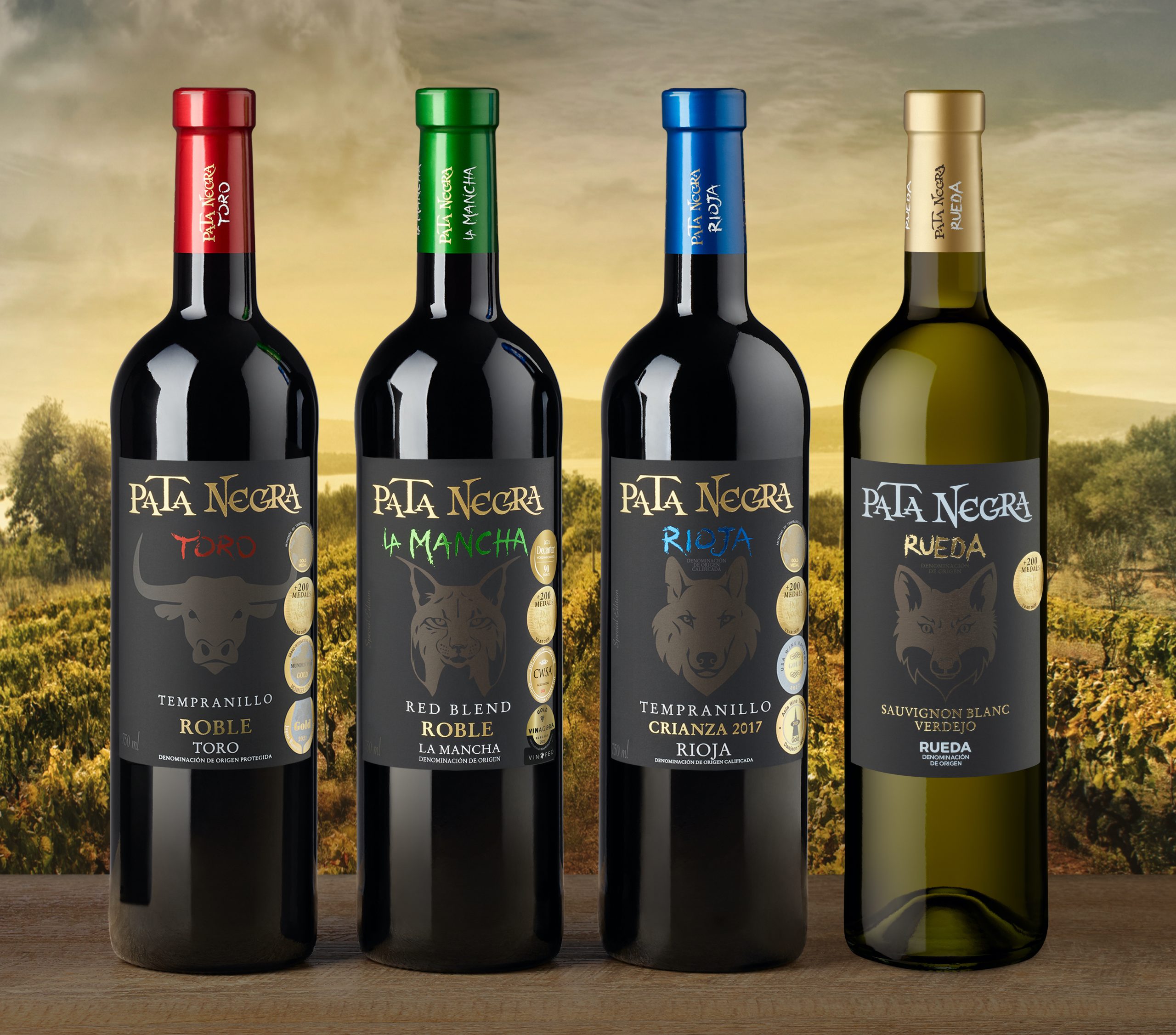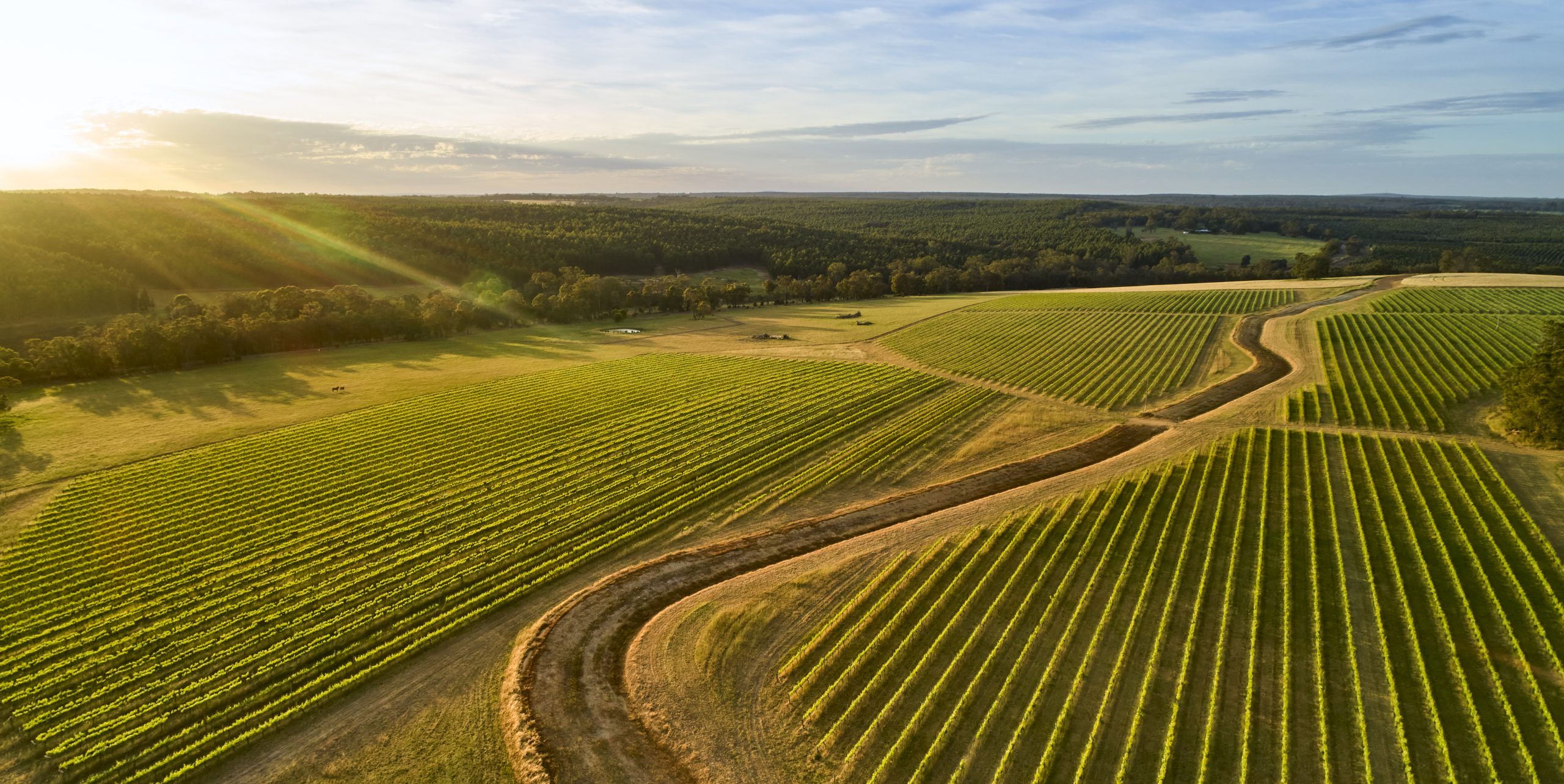No worries
By db staff writerAustralian wine growth in the UK has reached a plateau as the market matures, while the "adolesecent" US market is shooting up. But rumours of an Aussie demise are very premature, says Chris Orr
DESPITE much talk of dwindling volumes and a shrinking market for Australia, the figures just released by the Australian Wine Bureau appear to indicate that the country’s producers are still managing to get their message across, and shift significant volumes across the globe.
MAT figures for March ‘02 to March ‘03 for exports to the UK show that growth over the 12 month period was pitched at 16.3%, only a fraction down on the previous matching period for 2002, which saw growth of some 16.7%.
This compares with an overall growth across the globe in Aussie wine exports of some 27.4% for the period; down from 31.3%. So, if the world economy is showing signs of wobbling, then the Australian wine industry appears to have suffered only a slight ripple across it’s otherwise smooth and expanding pond of sales and appears to be still in the ascendancy.
Perhaps some of the concern over the UK sector’s slowing growth figures is the result of a storming performance by "brand Australia" in the US. It saw growth over the same period hit 59.6% – a throwback to the early years of Australian wine in the UK, when high double figures and even triple figure growth was experienced.
As is inevitable with any growth cycle for a relatively new and successful "brand", there comes a time when the line on the chart begins to level out and in some cases turn downwards. The figures at present, seem to indicate that the US is reaching the peak of it’s growth cycle, while the UK is beginning to hit a relative plateau.
Importantly, however, while overall growth in sales worldwide is down marginally, Australia has seen significant gains in value terms. Worldwide, the premium sector, that is wines at A$7.50 to A$9.99 saw sales growth of 47% for the same period – an indication that both buyers and consumers are perhaps beginning to grow in sophistication and trade up in drinking terms.
Talking to the key buyers in the off-trade in the UK, the picture of trading is very positive, both from the volume and value side of the equation. Laura Jewel, wine buyer for Australian wines at Sainsbury’s, saw strong sales performance last year from the country. "We saw very strong growth last year in Australian wine sales – growth that was not only in line with the market, but often ahead of it. It was driven by strong promotions and the strength of brands for the consumer.
Looking forward we think the growth may slow, but that’s partially an economic reality. But we’ll be looking for more differentiation in product terms over the coming years, mainly because the consumer is looking for something different.
We find they’re looking for new styles and new grapes as they become familiar with Australian wines. They’re also looking for new brands." It’s a sentiment and focus that is echoed by Angela Mount, head of wine buying at Somerfield. "Australia has performed really well for us this year," she claims. "Our basic sales – stripped out from promotional sales – are performing more strongly than any other sectors.
Indeed, we’re seeing growth above and beyond the market average. And a key driver for us from the point of view of Australian wines on our shelves is that over 50% of all our sales – promotions included – are retailing above £4, with the majority of sales coming in the £4.50 to £5.50 bracket, which is incredibly positive.
"I think a key point to make, is that Australia is often seen as a safe bet by the consumer. We’re looking at a new range of wines from Australia, including a Riesling, Petit Verdelho and Muscat – as well as increasing our range of Aus wines at a higher price level. You can do that with Australia because of that consumer confidence. If you’re going to introduce the consumer to a new concept or grape variety, then fundamentally Australia is the way to do it."
As is brand. Despite ongoing troubles at the top and back home in Australia, Jeffrey Wilkinson, the recently appointed president of Southcorp Wines in Europe, maintains that the last year has been a good one for them and Australian wine as a whole, and believes 2003 is set to mirror if not better that. "
If you look at the figures, Australia is still the powerhouse of the off-trade in the UK. The average bottle price is still high. We’re driving both volume and value in the market because fundamentally we’re giving consumers what they want – that is, depth of flavour and a quality of wine that they are prepared to pay for.
"I also think that, although the price per bottle is higher, the branded sector of the market is crucial. People understand brands in the UK. I think Australia has pushed the brand concept hard here and it has worked. I also think you have to look at the fact that to develop and grow brands costs money.
If you want to sell £1m worth of wine tomorrow, you need to have invested £1.5m to £2m in terms of vineyard, winery, etc five years ago, and brands can afford to make that investment. Certainly that’s what we’ve been doing at Southcorp."
At BRL Hardy, now merged with Constellation brands, strong sales in the UK market have played a significant part in helping it to a very respectable 16.7% growth in sales across Europe last year.
Partner Content
Chris Carson, CEO and president of the new incarnation of BRL Hardy in Europe, Constellation Wines Europe, is not only upbeat about sales, but also sceptical of assertions that Australia is slowing down. "People say the market is only growing at 16% – that it’s slowed down.
Well, the Australian market share in the UK is very much more significant now than it was 10 years ago, and while the growth maybe lower, the volumes proportionately are much bigger – and I for one am happy to have a slice of that growth. It’ll do very nicely for me, thank you very much.
"I think when you look at the top 10 brands in the UK and you see that they are dominated by Austrlia, that definitely says something about the position of the country in the UK. And it also shows you the massive potential that we feel still exists in this market," he argues.
Like many, Carson sees the on-trade as a strong area for development and growth for branded Australian wines. "Certainly it’s an area we’re looking very closely at. It also has great untapped potential as far as the whole premium side of the market is concerned," he reasons.
The Constellation merger is perhaps indicative of the new role for Australia within the wine market. Pundits confidently expect Australia to overtake France in volume terms, as well as value, for still wines over the next two years.
AC Nielsen figures for 2002 put the Australian value share of the market at 23.1% as opposed to France’s 20.4%. For volume, the figures were 19.8% for Australia versus 21% for France. It seems only fitting then, that on the eve of Australia eclipsing France as the UK’s most popular geographical wine choice, an Australian producer becomes a significant part of the world’s largest wine company.
But it’s not all rosy. The Australian sector may be seeing strong growth and increased sales, but it also leads the field in terms of promotional spend and price-cutting. For many of the major brands it’s a reality of the UK market, but it’s also something that they’d like to change long-term. "Discounting to the level it’s currently at is not sustainable," according to Carson. "You won’t stop price-promoting in the UK – it’s been a principal part of selling food and alcohol in the UK for too long now.
But pricing has got much more aggressive – and that’s not necessarily a good, or easy game to play." Certainly, Southcorp would attest to the destructive effect that price-promoting can have on the bottom line, but there appears to be a general consensus that a period of sensible pricing is just round the corner.
"At the end of the day, there’s no brand or company wine-wise that isn’t interested, or compelled to make a profit," explains Paul Henry, regional manager, UK and Ireland, of the Australian Wine Bureau. "Promotion is, and will always be, a part of most brand or producer’s strategy, but it isn’t the whole picture and I think it is changing."
As the man charged with leading the AWB forward in the foreseeable future and keeping the Australian juggernaut of sales on track, he believes the recent figures for growth in the UK are all indicative of what he describes as a "maturing" market. "
Australia in the United Kingdom had what you could describe as a prodigious adolesence. I think now it’s reaching a more mature phase and so we aren’t naturally going to see the same growth levels as we have in the past," says Henry.
"However, the UK has historically been a key, primary territory for Australian producers, and we fully intend for it to remain so. Growth in the US is strong, but it’s a different type of market, delivering different results," he continues."
For the UK at present, one of the most under-developed areas from the point of view of Australian wines and producers is the on-trade. For us that’s a key potential area of growth. One of our main aims is to increase access to the on-trade.
I think we need to change the way we look at the on-trade, pay attention to its diverse needs and supply them with the product that meets their needs. I think it’s important to acknowledge that there are different routes to market, that need different strategies and certainly the on-trade is one of those routes that we intend to exploit to greater effect."
It’s a strategy that many producers and brands are adopting all too readily. Carson readily admits that there’s huge potential in the on-trade for branded products, and Southcorp is using its forthcoming split from Matthew Clark as an opportunity to rethink and revitalise its strategy and sales in the sector.
Graham Threader, managing director of International Wine Services, sums up the challenge for Australia in the on-trade quite neatly. "It’s principally about getting retailers in the ontrade sector to think past the house wine concept, and actually look at brands. It’s the biggest opportunity sitting there as far as the brands are concerned."




